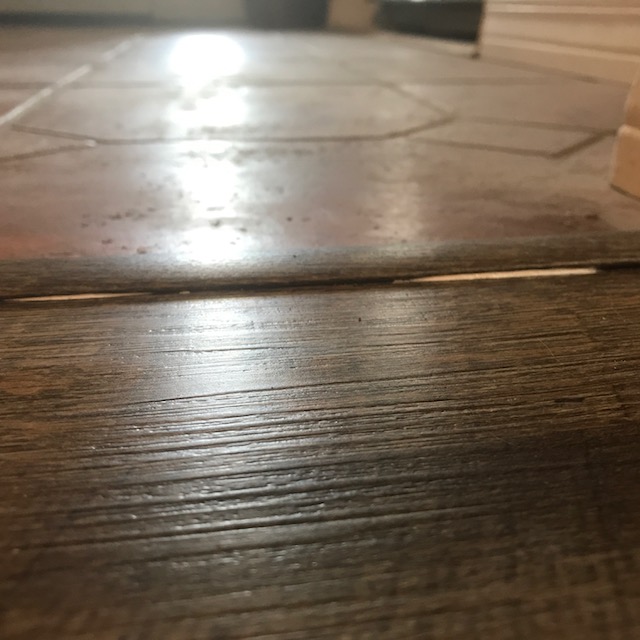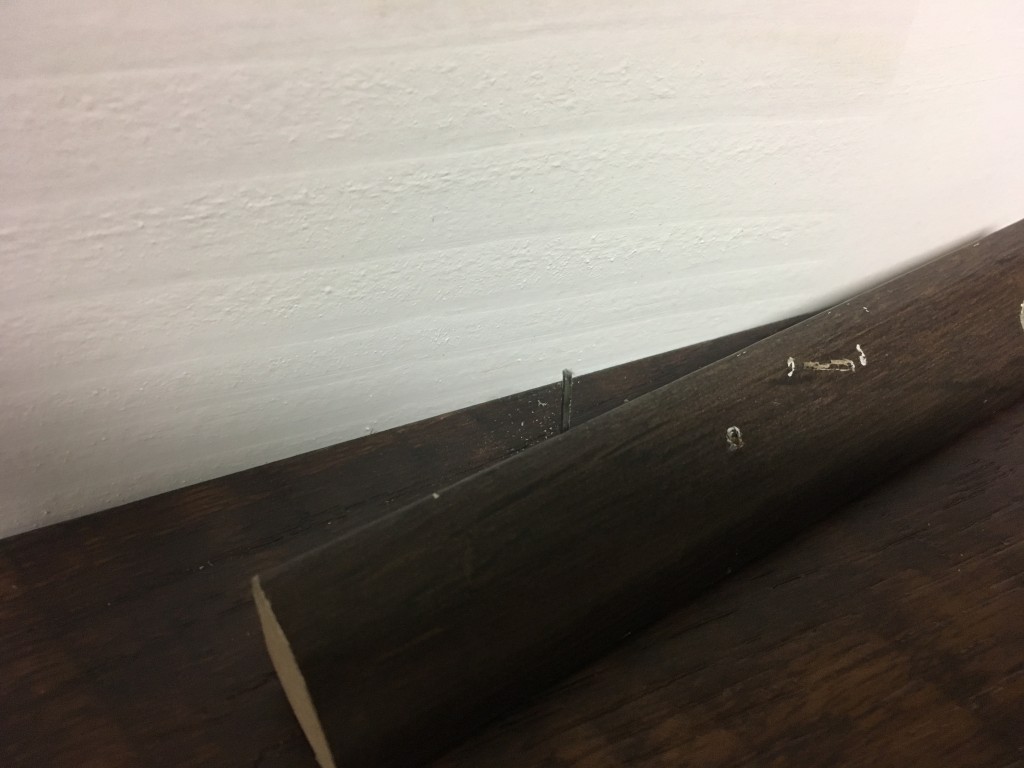- Home
- Education
- Flooring Basics
- Avoid These Transition Install Mistakes | Common Flooring Problems
Avoid These Transition Install Mistakes | Common Flooring Problems
Floating Floors: Installation Mistakes and Corrections
Transitions and trim complement the flooring and provide a safe durable way to create expansion/contraction space between areas, and lead to other existing floors in the home.
Like icing on a cake, transitions are typically the last materials to complete the floating floor project. When installed correctly they can last for years, but when installed wrong they can contribute to gapping, buckling, peaking, and squeaking issues. They could even become loose creating a safety concern.
Here are some common floating floor transition and trim install mistakes that can lead to potential repairs down the road.
One common mistake is gluing or nailing transition strips to the floating floor and the subfloor
Floating floors are designed to expand and contract freely, so they should never be secured to any fixed objects. Gluing the trim to the flooring and subfloor can lead to gapping as the other planks contract or buckling if expansion occurs.
In vinyl click floors, end joint peaking can occur, which eventually can cause end joints to break.

Fastening quarter round into the floating floor.
Another mistake is nailing or gluing the quarter round onto the floating floor. This prevents the flooring from being able to move freely, as a floating floor is intended to do.
This causes a "pinch point" that can potentially lead to gapping, buckling, or end joint peaking.
Quarter round should always be fastened into the base boards, and base boards should be fastened to the wall studs, or adhered to the drywall.
